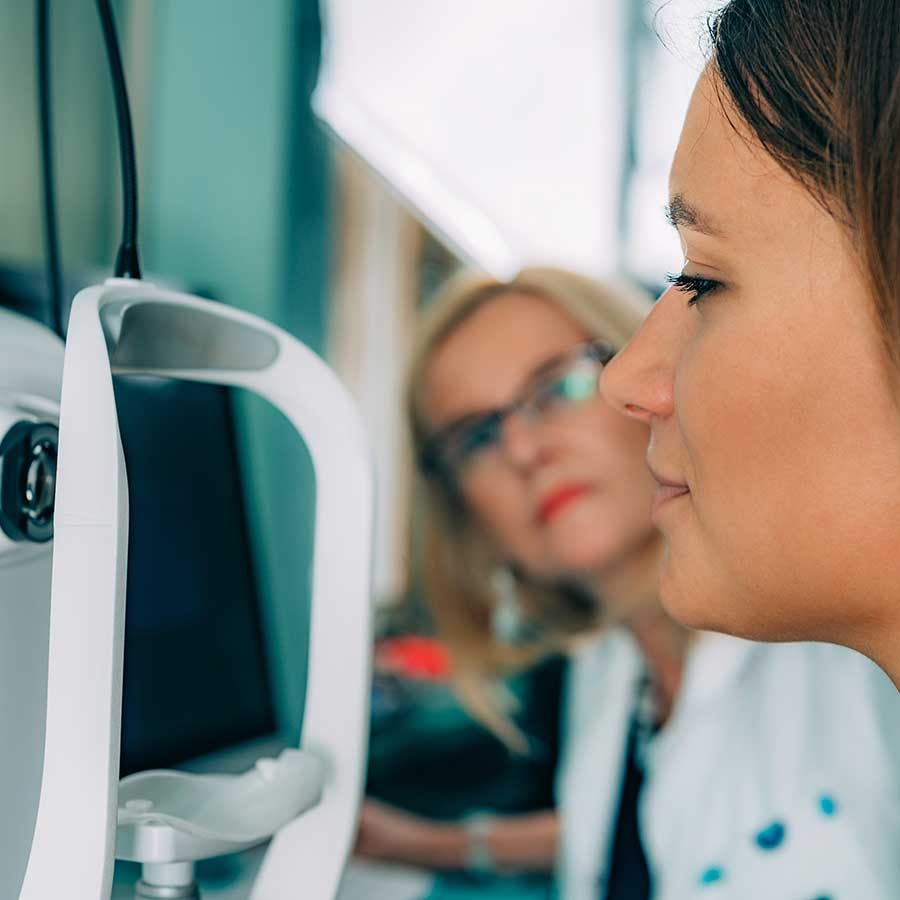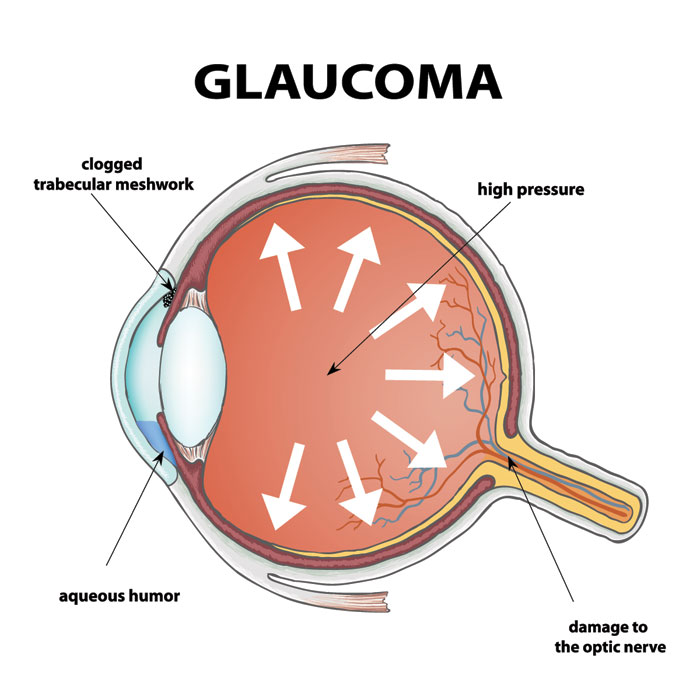Is Glaucoma the Same as Blindness? Exploring the Connection Between Glaucoma and Vision Loss
I. Introduction
Glaucoma is often associated with vision loss and even blindness, but the relationship is not as simple as it seems. Many misconceptions surround this condition, leading to unnecessary fear or delayed treatment. Understanding how glaucoma impacts vision is essential for awareness, early detection, and proper management.
II. What Happens in Glaucoma?
Glaucoma refers to a group of eye disorders that damage the optic nerve—a critical structure for vision. In most cases, this damage results from elevated eye pressure, although other factors such as age, genetics, ethnicity, and health conditions like diabetes can contribute.
III. Symptoms of Glaucoma
Glaucoma is often called the “silent thief of sight” because it can progress without noticeable symptoms. When signs appear, they may include: – Blurred vision – Halos around lights – Severe eye pain – Nausea or vomiting – Sudden vision disturbances
Early detection through routine eye exams is crucial because vision loss caused by glaucoma is usually permanent.
IV. Types of Glaucoma
There are several types of glaucoma, each with different levels of severity and progression:
- Primary Open-Angle Glaucoma (POAG) – The most common type, developing slowly without symptoms.
- Angle-Closure Glaucoma (ACG) – Can cause sudden, severe symptoms and requires immediate treatment.
- Normal-Tension Glaucoma (NTG) – Occurs even with normal eye pressure.
- Secondary Glaucoma – Develops due to other eye conditions or injuries.
- Congenital Glaucoma – A rare type present at birth.
Regardless of the type, untreated glaucoma can eventually cause significant vision loss.
V. How Glaucoma Causes Vision Loss
The link between glaucoma and blindness is clear: increased eye pressure damages the optic nerve, leading to progressive vision loss. Initially, glaucoma affects peripheral vision, which often goes unnoticed. If untreated, it can advance to severe visual impairment or total blindness, referred to as “glaucoma blindness.”
VI. Glaucoma Treatment Options
The goal of treatment is to reduce intraocular pressure and prevent further nerve damage. Common treatments include: – Prescription eye drops – Oral medications – Laser therapy – Surgical procedures
With timely intervention, most patients can slow disease progression and maintain useful vision for years.
VII. Preventing Vision Loss from Glaucoma
Preventing blindness begins with: – Regular eye exams, especially for those at high risk – Early detection and treatment – Healthy lifestyle habits, such as a balanced diet, exercise, and blood pressure control
Raising awareness and correcting misconceptions are also vital in reducing the impact of glaucoma on vision health.
VIII. Final Thoughts
While glaucoma can lead to blindness, it is not an inevitable outcome. With early diagnosis, consistent treatment, and proper monitoring, individuals with glaucoma can live full lives without losing their sight completely. Understanding the condition is the first step toward preserving vision.




